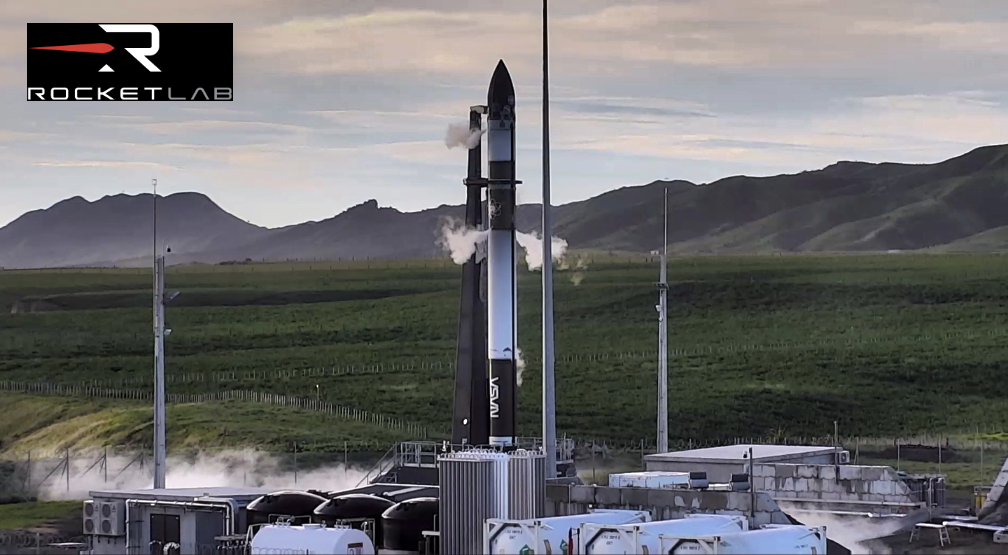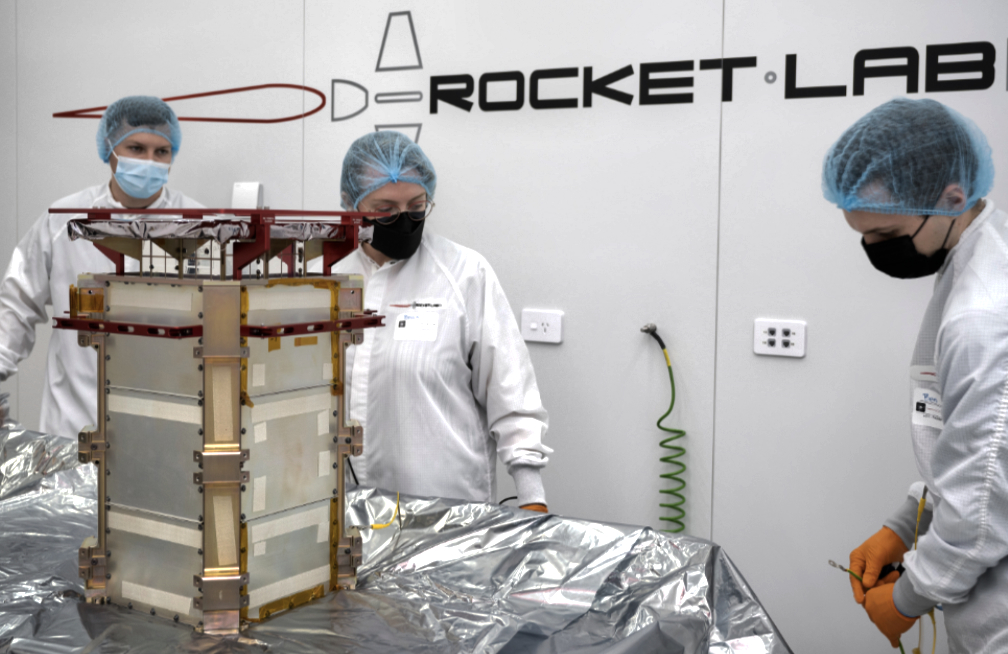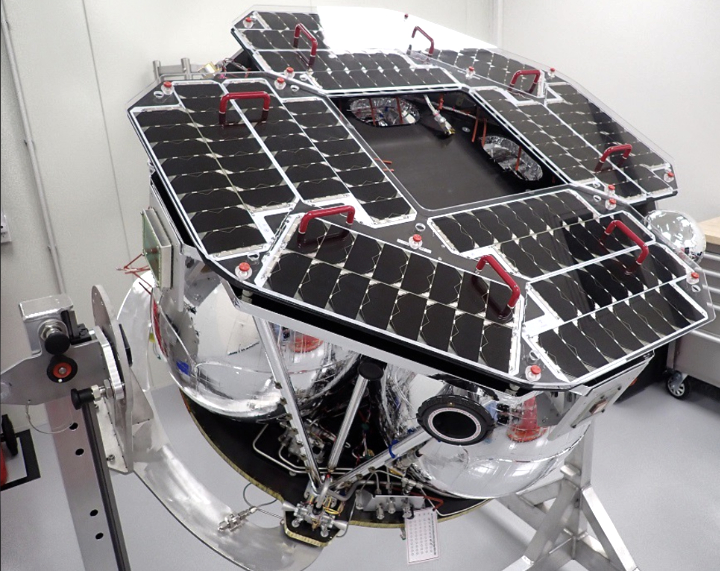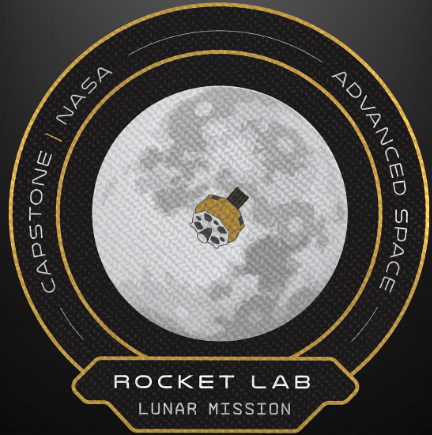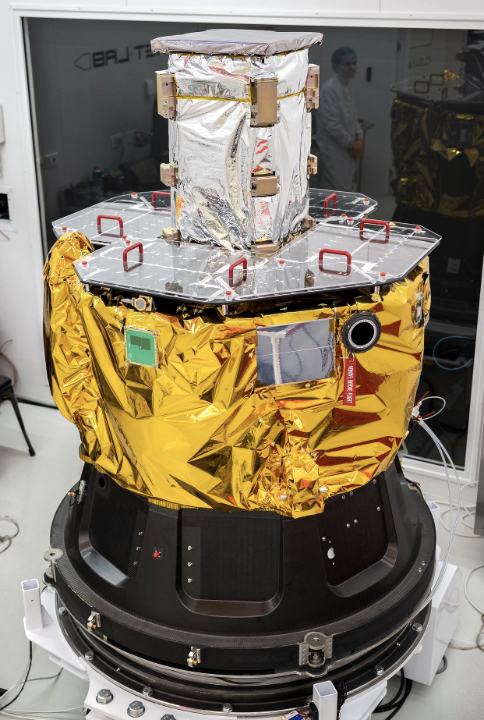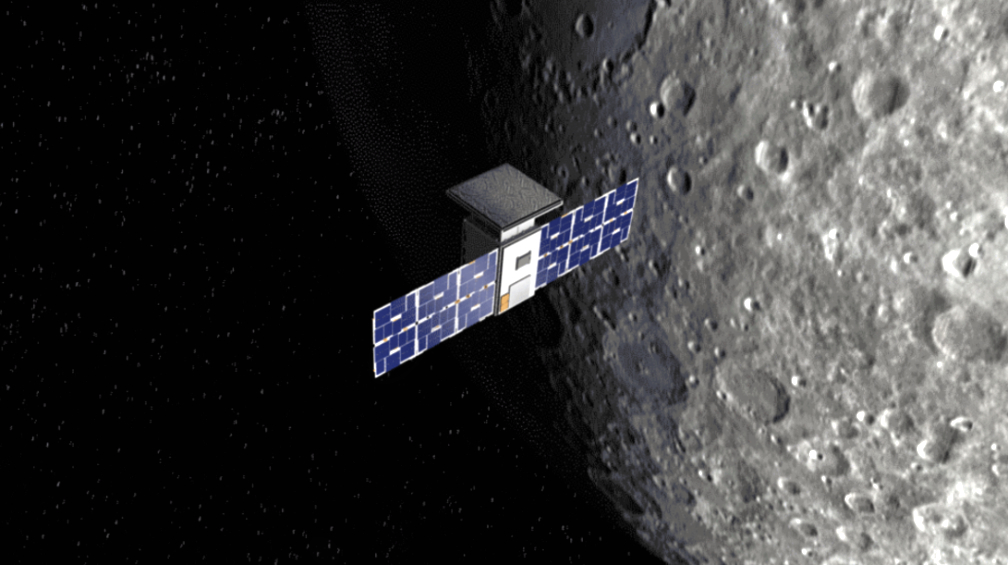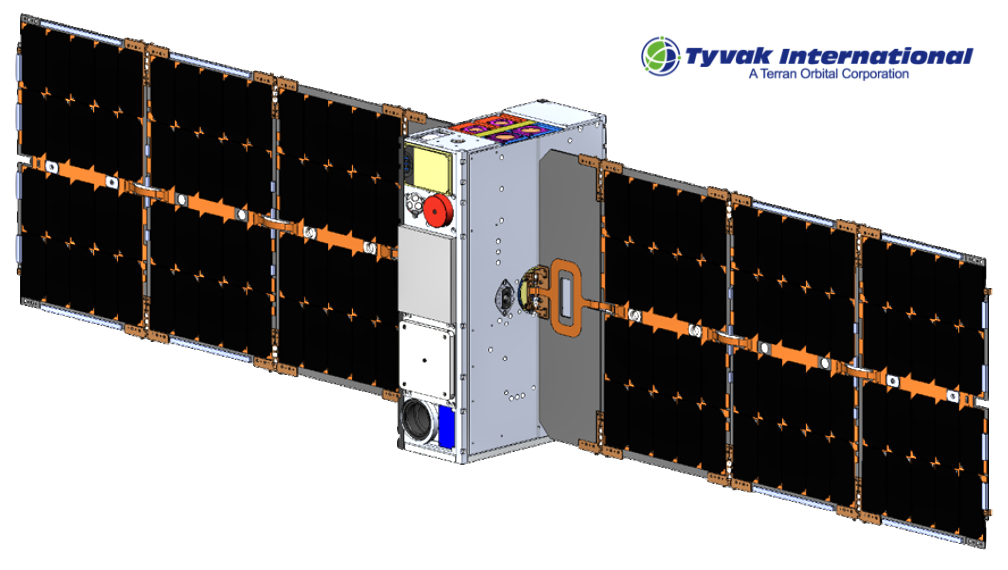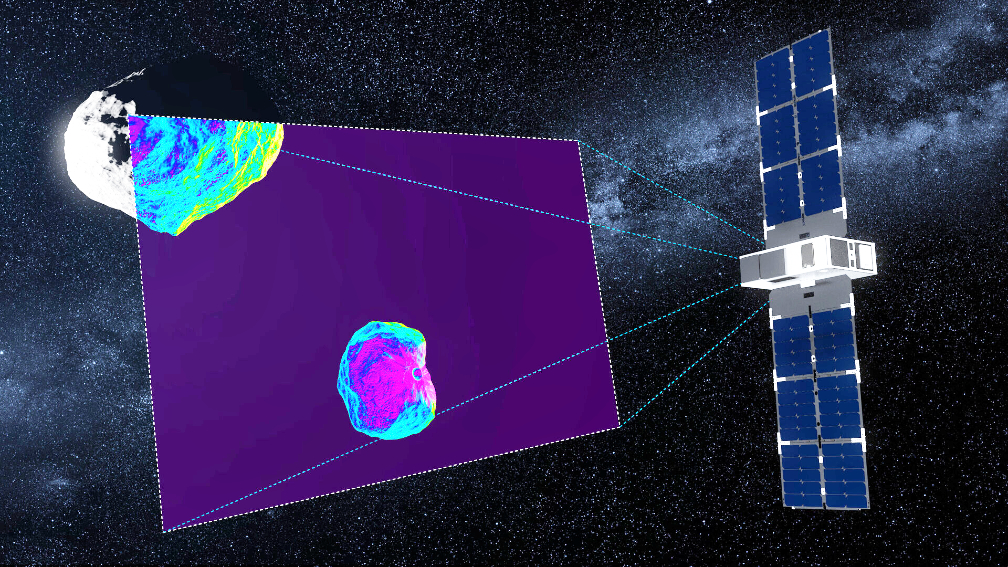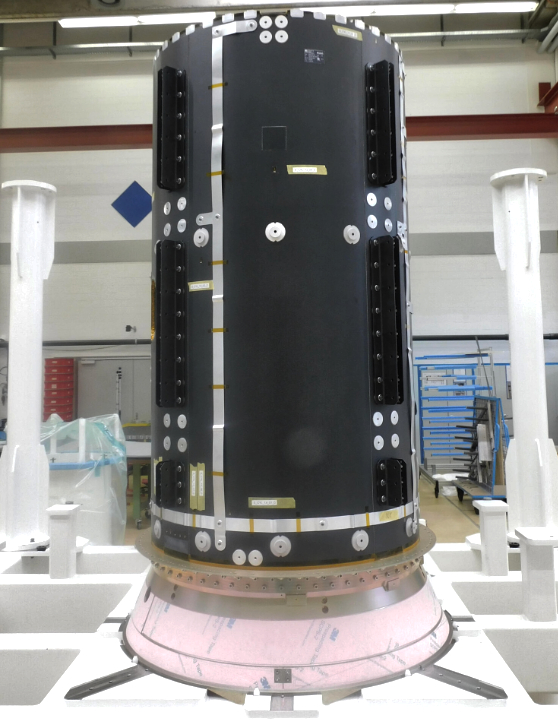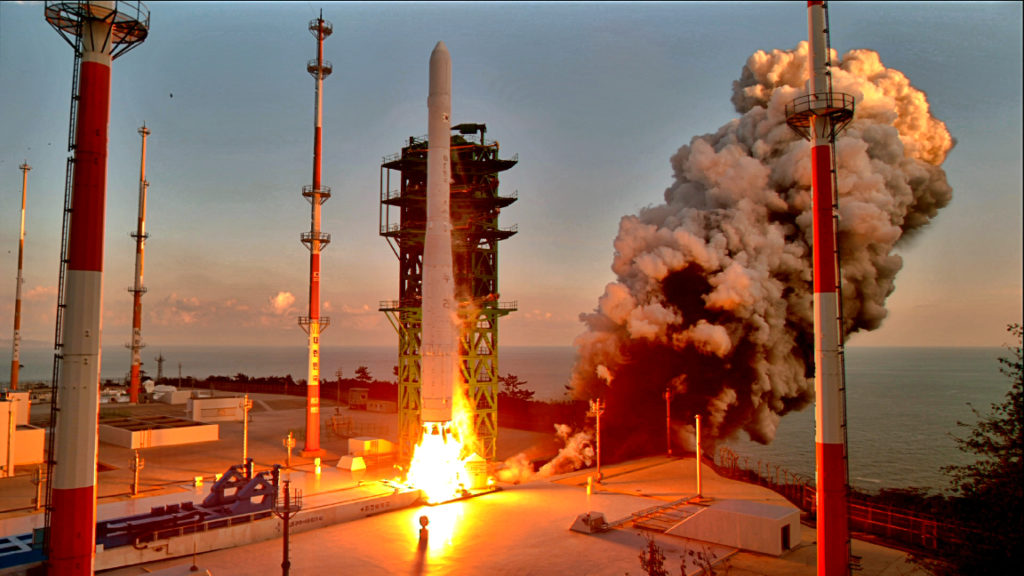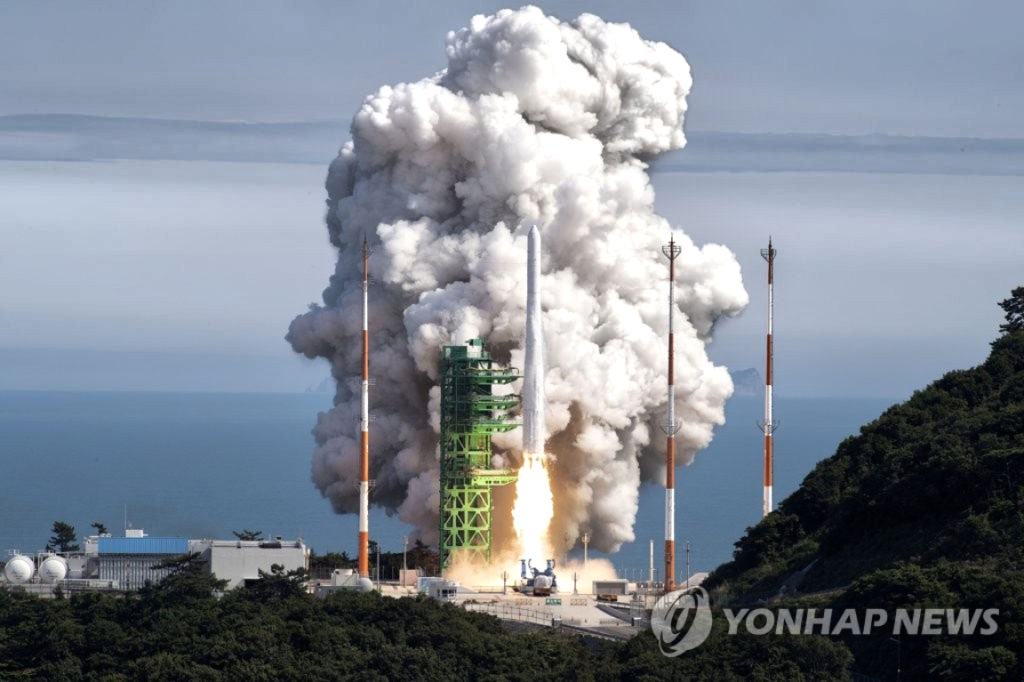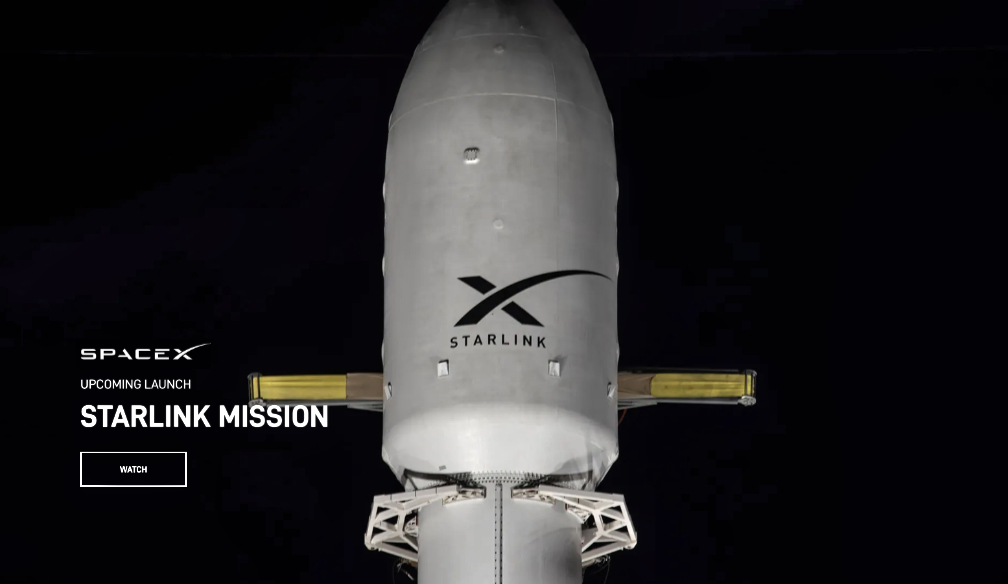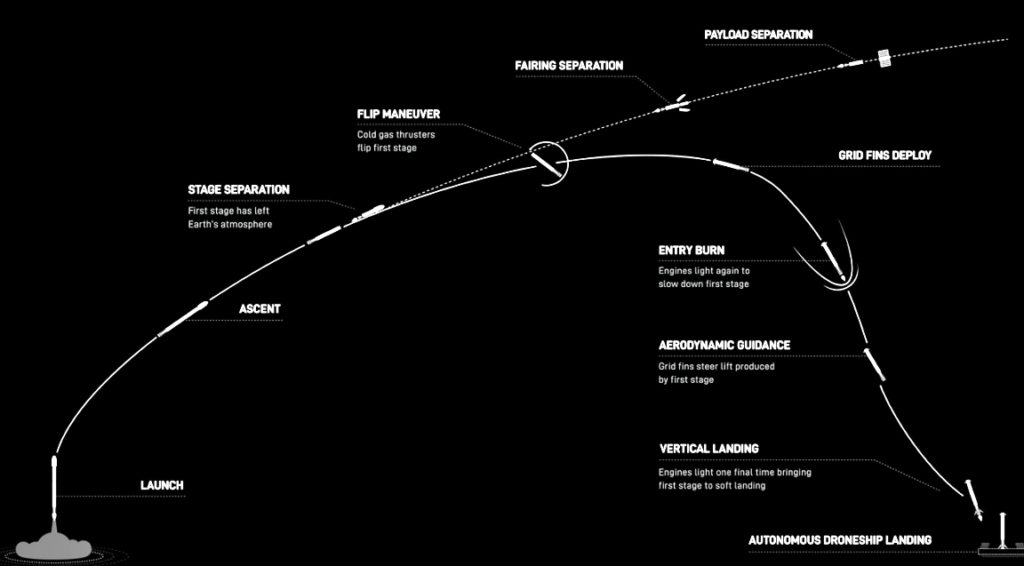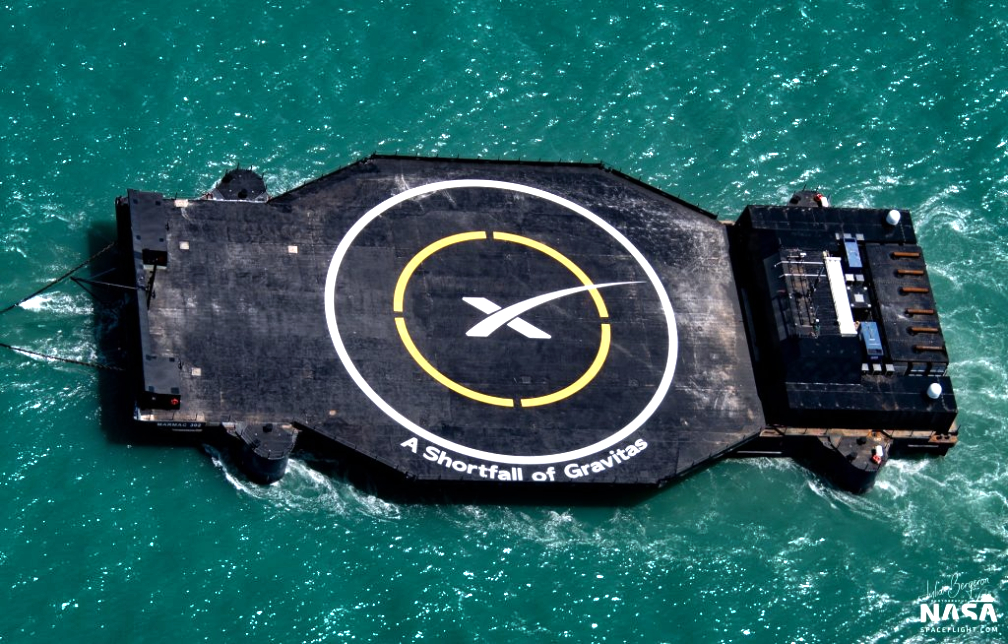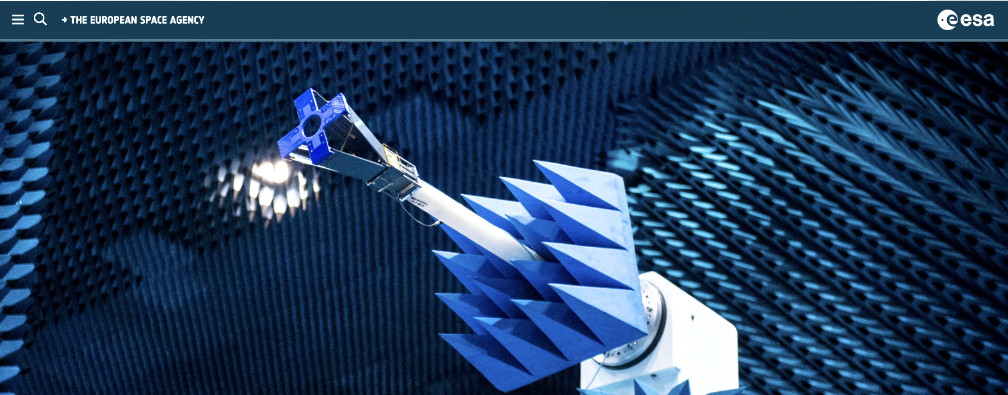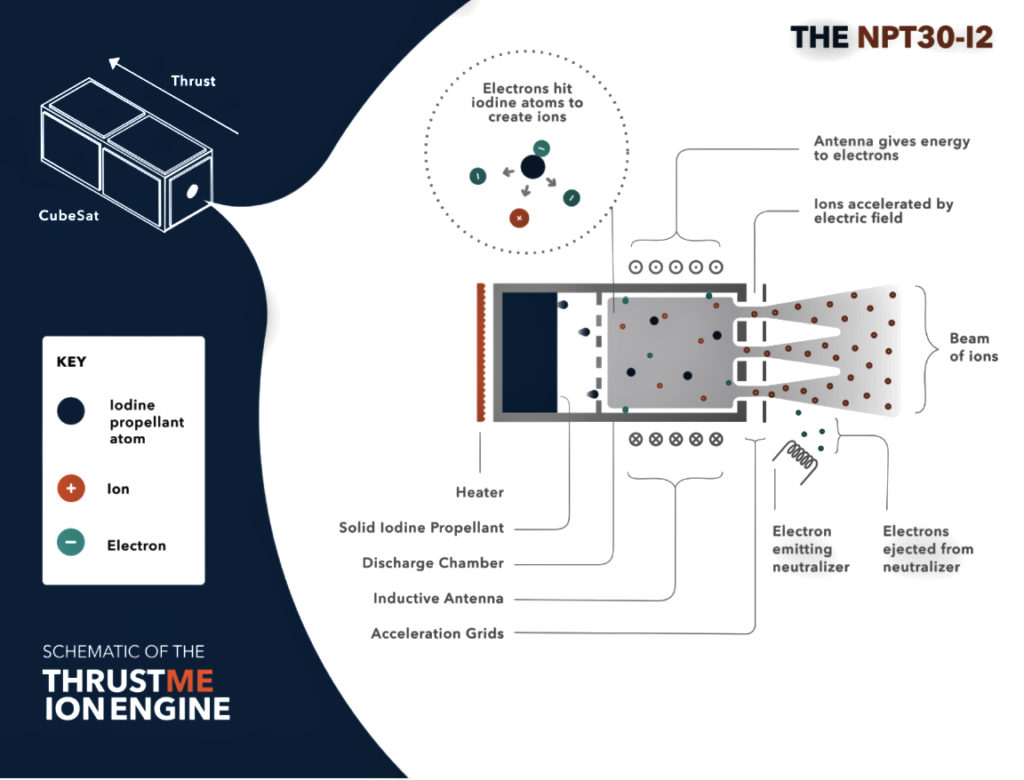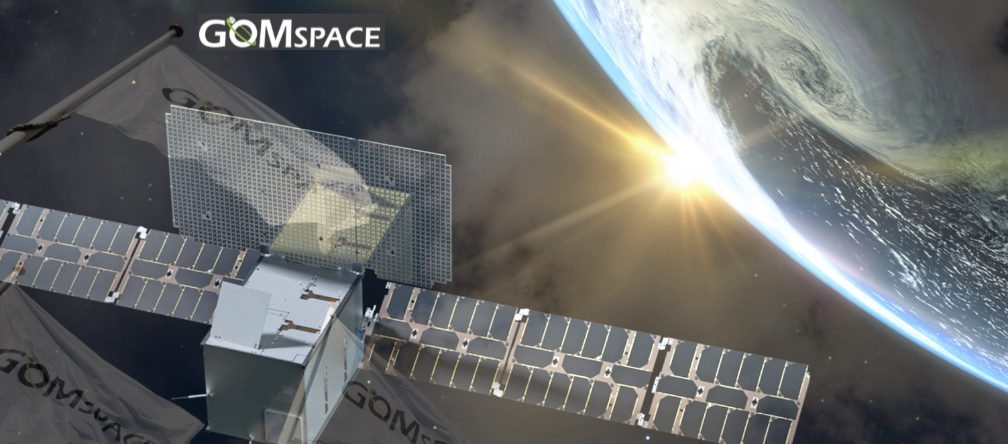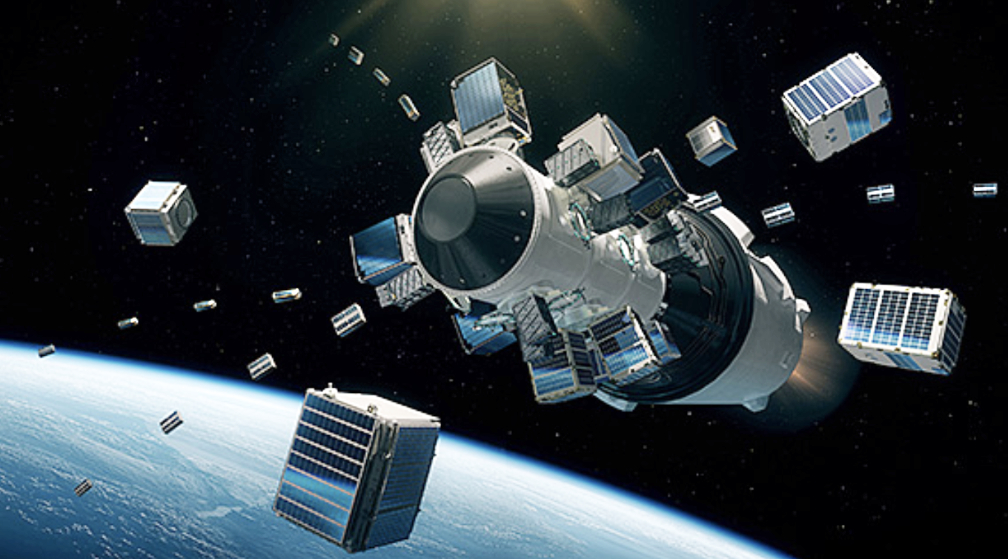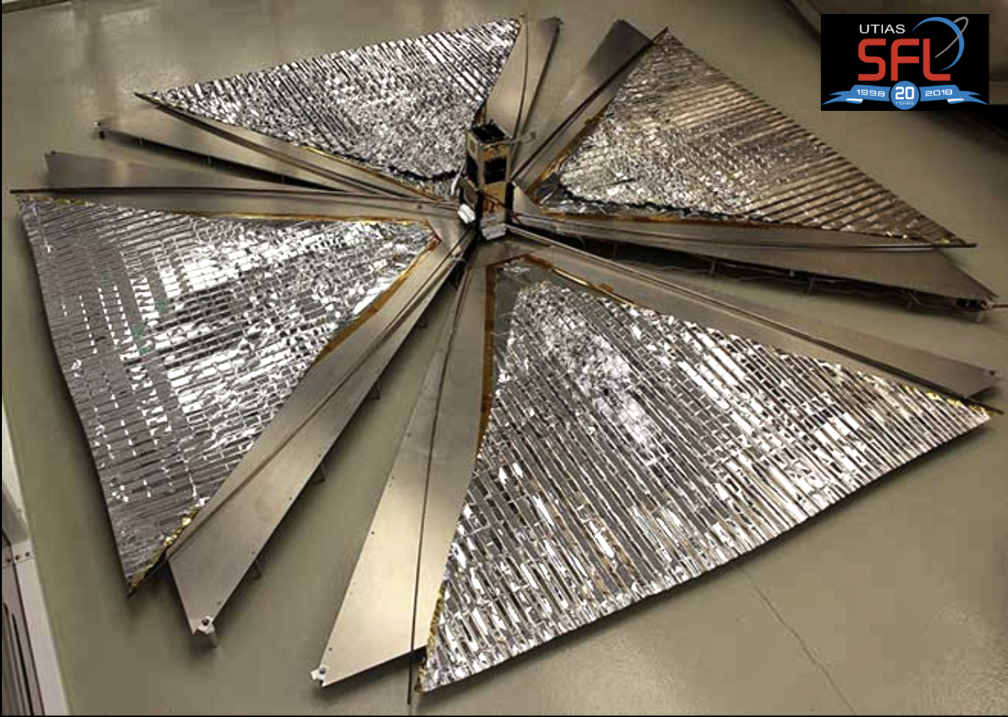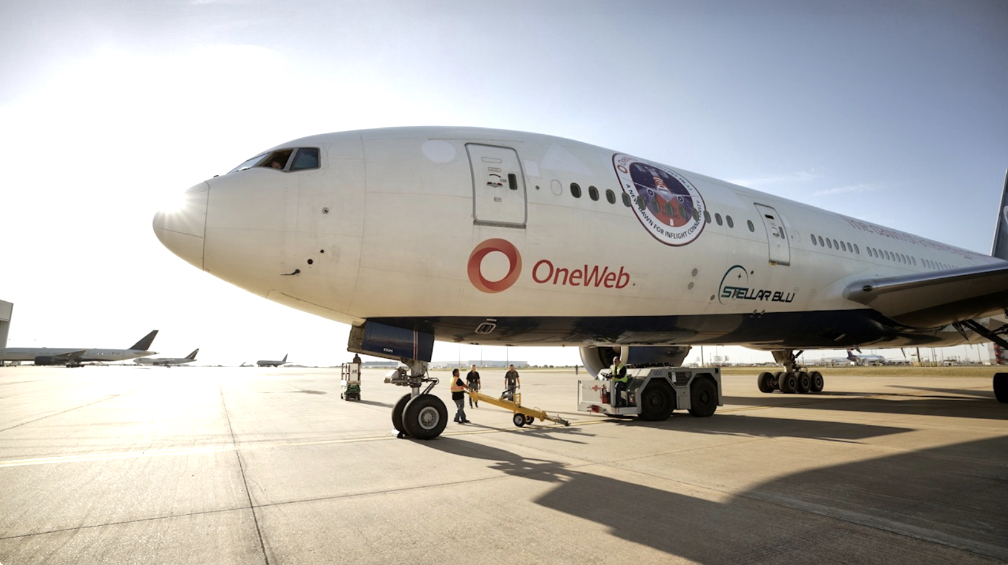
OneWeb, the global space-based communications company, and commercial aviation terminal partner Stellar Blu Solutions (Formerly GDC Advanced Technology. OneWeb and GDC Advanced Technology signed a Joint Development Agreement in November 2021 during the APEX Show) achieved a significant milestone on May 28, when high-speed, low-latency, inflight LEO satellite connectivity to a commercial airliner was successfully delivered. Stellar Blu partnered with antenna technology provider Ball Aerospace to incorporate that company’s electronically steered arrays (ESA) into the terminal solution.

This collaboration realized breakthrough performance on OneWeb’s LEO network. The new Stellar Blu platform, known as Sidewinder, will continue flight testing through the remainder of 2022, with a target for certification and availability in mid-2023.
This first test flight was conducted aboard a Boeing B777-200LR and took off from Fort Worth Alliance Airport (KAFW), in Texas on May 27th at 15:20 UTC and flew for just over one hour delivering the game-changing connectivity experience.

Based on the electronically steered antenna technology developed by Ball Aerospace, the Sidewinder terminal offers a lower profile and is lighter and smaller than existing aviation antennas. It will enable airlines to connect their aircraft, passengers, and crew over OneWeb’s LEO SATCOM network. OneWeb expects this to be a key differentiator as airlines initially embrace and become confident in the benefits and performance of its new LEO technologies.
This test flight validated the installation and integration of the aircraft terminal as well as underscored the performance of the antenna technology. Also verified was the reliability of the connectivity during taxi, take-off, landing and typical aircraft flight maneuvers. As with any test flight, the assessment of performance reviewed expected parameters against vendor specifications, while also instrumenting and verifying on-aircraft impact and operating characteristics.
The Test Flight Crew simultaneously demonstrated the ability to connect Teams calls, 4K YouTube streaming, Netflix, online VR gaming and Nintendo Switch gaming, among other structured performance tests. Maximum speeds of 260 Mbps download / 80 upload (Experimental max throughput, not representative of commercial speeds to packages) and file transfer scenarios of 5 GB were successfully demonstrated in approximately 20 seconds, all while operating at well under 100 ms of network latency.
This maiden flight represented the culmination of several months’ collaboration between Stellar Blu, OneWeb and Ball Aerospace including ground trials and flight tests. Their goal is to achieve certification in mid- 2023.
Ben Griffin, Vice President Mobility, said, “This test flight represents a fantastic milestone for OneWeb. Broadband in-flight connectivity, delivered to a commercial aircraft via low Earth orbit (LEO) satellites and an electrically steered antenna (ESA) is now – finally – a reality. Together with our partners Stellar Blu and technology from Ball Aerospace, we are now well and truly on our way to delivering consistently reliable, game-changing, affordable inflight connectivity to commercial aviation users everywhere. This successful flight test demonstrates the power, not only of the OneWeb network, but our industry focused and partnership-led approach to the design, development, and deployment of ground-breaking technologies to connect commercial aviation. A solution designed for the aviation industry, by the aviation industry.”
Tracy Trent, Stellar Blu CEO, highlighting the achievement, said, “This initial testing is more about the integration of the components and accomplishing a safe installation on the aircraft, versus proving the connectivity functionality. That said, we are delighted by the performance of the terminal during the test flight. OneWeb is changing the reality of inflight connectivity now and for the future. Our antenna will harness the power of OneWeb’s low Earth orbit constellation to deliver high-speed, low latency, globally consistent and reliable connectivity for every passenger, without conflict or compromise. We are very confident the Sidewinder terminal will present operators with a purpose-built aviation solution, delivering new breakthroughs for passenger experience, and redefining aircraft operating expectations for reliability and maintainability.”

